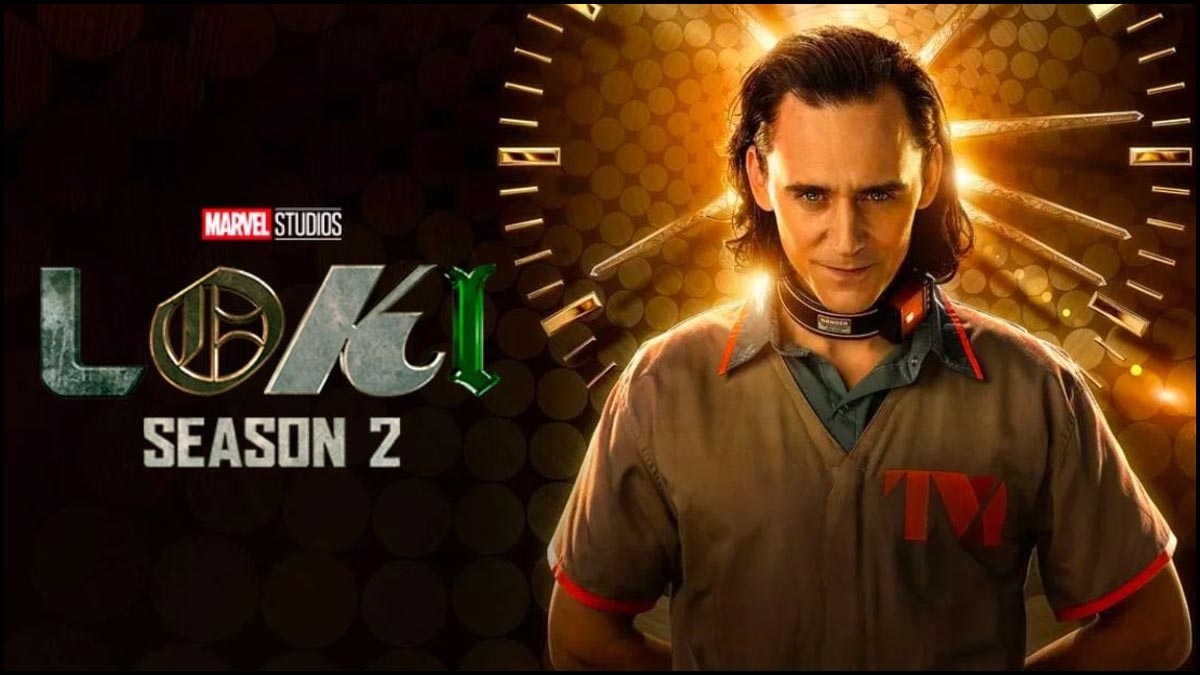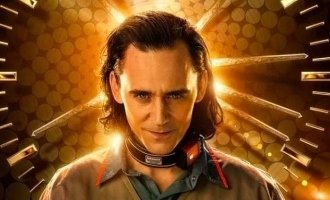
Time travel is impossible in real life, but it’s also challenging to execute in fiction without creating a convoluted mess. The first season of “Loki” avoided this trap, making it a standout in the Marvel Cinematic Universe (MCU). The series followed Loki, a “variant” of the Norse trickster god, into the Time Variance Authority (TVA), pairing exceptional production design with a straightforward emotional narrative. Loki’s encounter with Sylvie, his female counterpart, explored identity, free will, and self-determination, grounding the complex concept of tracking the Sacred Timeline.
The first season ended with a cliffhanger, teasing the second season as Loki and Sylvie encountered He Who Remains, the TVA founder. They disrupted the timeline, leaving Loki to return to a transformed TVA. Two years later, “Loki” Season 2 arrives amidst challenges in the MCU. “Ant-Man and the Wasp: Quantumania” disappointed, and Jonathan Majors, who played He Who Remains, faced legal troubles. These issues put pressure on “Loki” Season 2, which has seen changes behind the scenes.
The new season dives into chaos, with Loki tasked to find Sylvie and understand his time-hopping predicament. While maintaining a frenetic pace, Season 2 introduces new elements like the Temporal Loom and characters like Ourobouros. Unfortunately, this breakneck speed sacrifices character development and emotional depth.
Despite these shortcomings, the performances shine, and the visuals remain inventive. Majors’ portrayal of He Who Remains stands out, although it’s complicated by his off-screen actions. While “Loki” Season 2 is entertaining, it struggles to recapture the emotional core of the first season.
The MCU’s mega-ensemble delivers strong performances, but the season’s rapid pace sacrifices character depth. “Loki” remains enjoyable, but it may not have been designed for the long haul. The first episode of “Loki” Season 2 premiered on Oct. 5th on Disney+ Hotstar, with subsequent episodes releasing weekly on Thursdays.
Â
